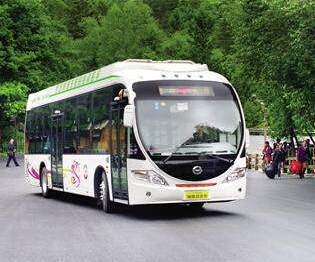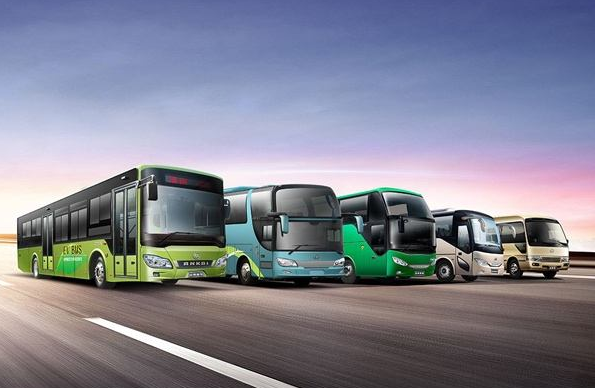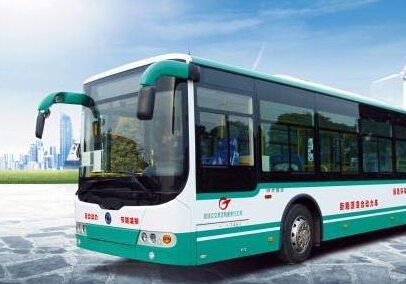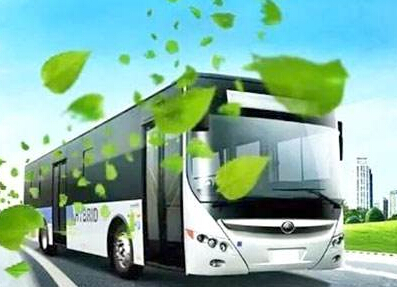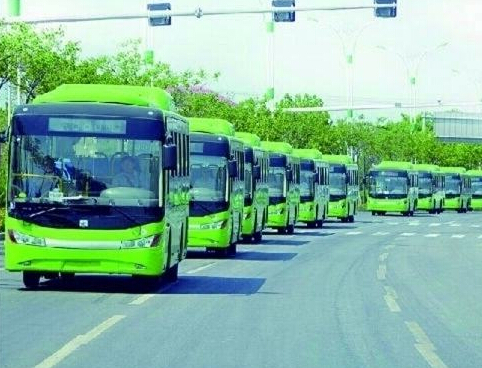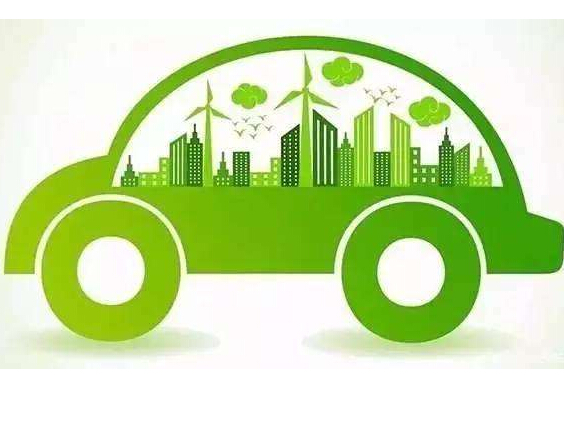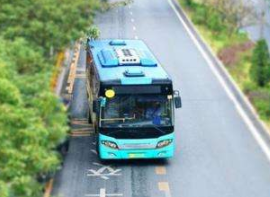Shanghai has entered the flood season, and the typhoon will be active. Is the new waterproof bus "waterproofing homework" done? In recent years, new energy vehicles have gradually become the main models of Shanghai's public transport industry, with advantages such as low carbon, quietness, comfort, and good passability, and the driver's operation is easier. However, due to the relatively "fear of water", bus companies must make adequate plans to prevent vehicles from breaking down during the flood season or even causing safety accidents.
Guo Kai, deputy manager of the technical maintenance department of the third bus company, introduced that the company currently has 1,159 new energy vehicles, accounting for 67.3% of the total. There are as many as 15 vehicle models with different insulation performance, and the threshold for wading ranges from 230-350 mm. If you venture into a deep section of water, the circuit may enter the water, causing insulation failure, vehicle breakdown, and even a risk of leakage.
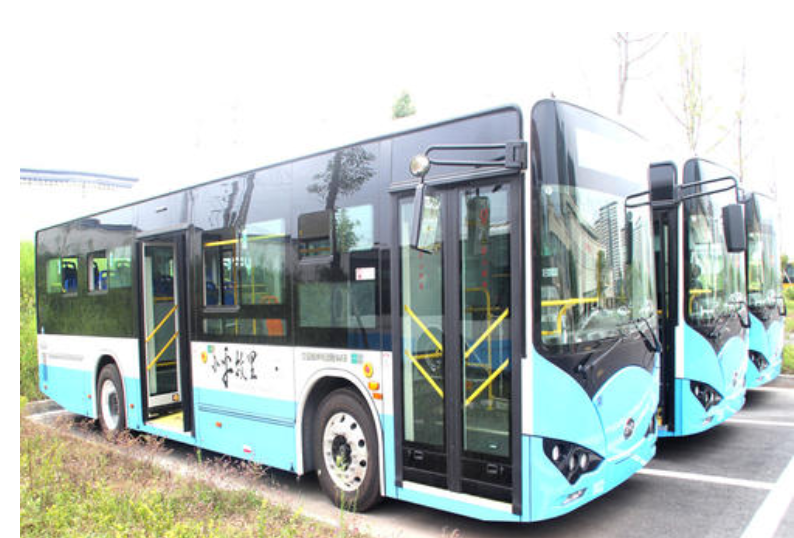
In the event of stormy weather, the fleet management staff will arrive at the post ahead of time according to the preliminary rehearsal and observe on the easily accumulated water section along the way. Once a dangerous situation is found, the vehicle will be commanded to stop or detour at the scene. At the same time, the dispatcher will send a group message to the on-board display of the relevant vehicle through the bus pass system to remind the driver to avoid in time. In case of emergencies, the management personnel have not arrived at the scene, the driver will make his own judgment based on experience.
The "waterproofing homework" of each team started before the arrival of the flood season-a comprehensive insulation test was performed on all operating vehicles, and clear values were recorded; focus on checking the "insulation alarm" function, which can automatically power off when encountering an insulation failure; driving The trainees receive special training. Even if the depth of accumulated water does not reach the critical value, the vehicle speed must be controlled and passed carefully
















 RCCN WeChat QrCode
RCCN WeChat QrCode Mobile WebSite
Mobile WebSite